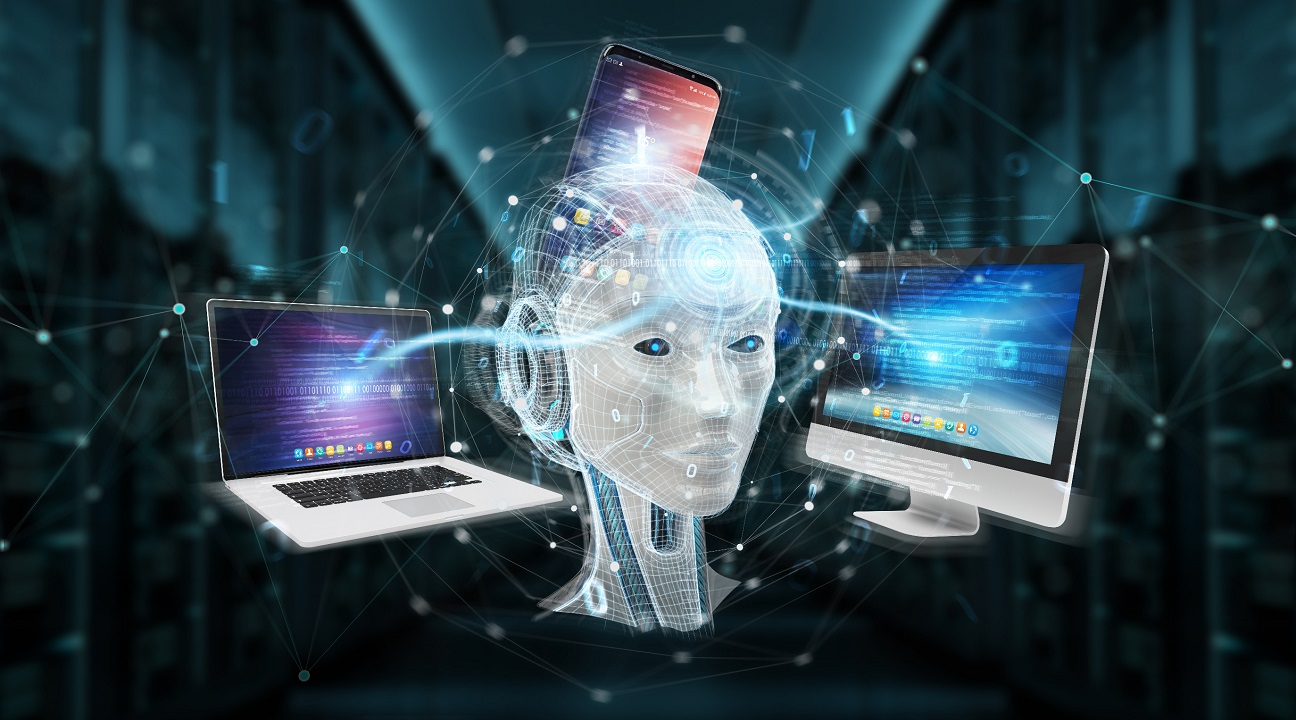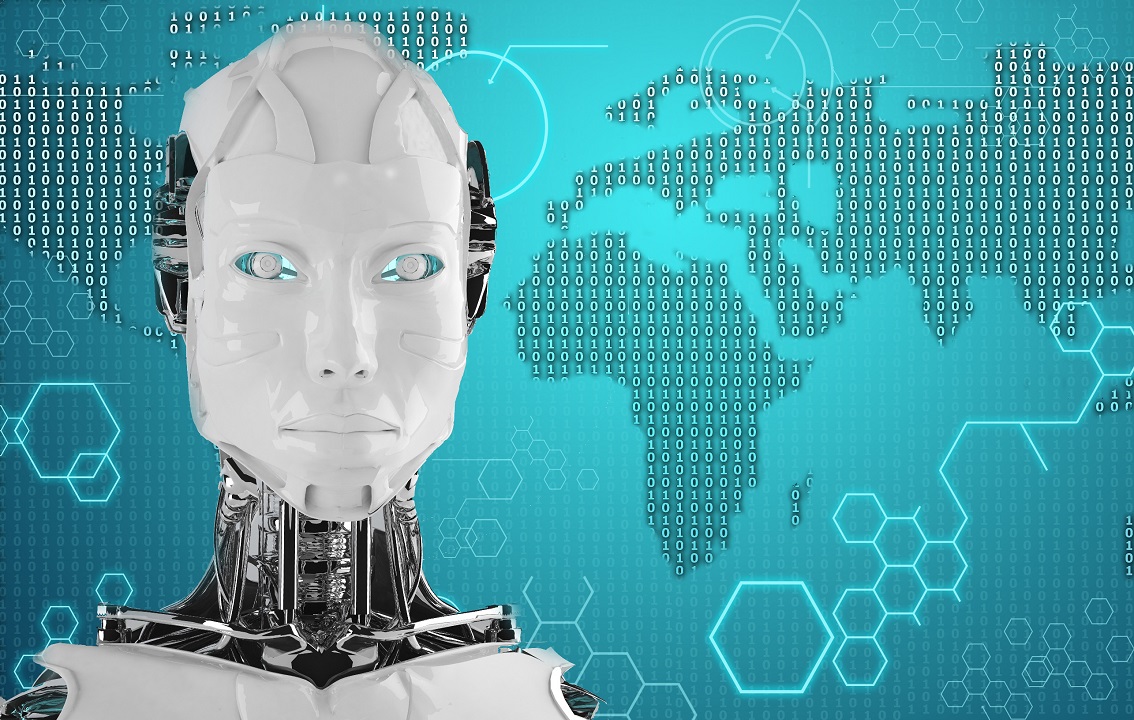
1. Travel Agents

However, travel agents who specialize in niche markets or offer personalized services may still find opportunities. By focusing on luxury travel, destination weddings, or adventure tourism, they can differentiate themselves from automated booking systems and provide unique value to clients.
2. Cashiers

To stay relevant, individuals in this profession may need to acquire new skills and transition into roles that require human interaction and problem-solving, such as customer service or sales associates. Adapting to technological changes will be key to maintaining employment in the retail sector.
3. Postal Workers

Postal workers may need to explore opportunities in logistics and delivery services, particularly with the growing demand for efficient last-mile delivery solutions. Adapting to the evolving needs of the e-commerce market can help mitigate the impact of declining traditional mail services.
4. Print Journalists

Journalists can adapt by embracing digital skills, such as multimedia storytelling, social media engagement, and data journalism. Developing expertise in digital content creation and distribution can help them stay relevant in the evolving media landscape.
5. Telemarketers

Sales professionals can pivot to roles that focus on inbound marketing, customer relationship management, and digital marketing strategies. By leveraging technology and data analytics, they can engage with customers in more meaningful and effective ways.
6. Bank Tellers

Bank tellers can transition into roles that require a human touch, such as financial advisors, customer service representatives, or loan officers. Emphasizing interpersonal skills and financial knowledge will be essential for remaining relevant in the evolving banking industry.
7. Textile and Apparel Workers

Workers in this industry may need to reskill and explore opportunities in advanced manufacturing, such as operating and maintaining automated machinery or developing expertise in sustainable fashion practices. Staying abreast of industry trends and technological advancements will be crucial.
8. Data Entry Clerks

Data entry clerks can transition to roles that require data analysis, interpretation, and management. Developing skills in data science, database management, and analytics will provide more opportunities in the increasingly data-driven economy.
9. Radio Announcers

Radio professionals can adapt by embracing digital platforms and creating podcasts or online radio shows. Building a strong personal brand and leveraging social media can help them reach new audiences and stay relevant in the changing media landscape.
10. Librarians

Librarians can pivot by focusing on digital literacy, information management, and community engagement. Providing guidance on navigating digital resources, curating online content, and supporting lifelong learning initiatives can help librarians remain valuable in the digital age.
11. Assembly Line Workers

Assembly line workers can reskill and transition into roles that involve operating, programming, and maintaining automated systems. Embracing technology and continuous learning will be essential for adapting to the changing manufacturing landscape.
12. Farmers

Farmers can adapt by embracing new technologies and practices, such as using drones for crop monitoring, adopting sustainable farming methods, and exploring agribusiness opportunities. Staying informed about industry innovations and market trends will help farmers navigate the changing agricultural landscape.
Adapting to the Future of Work


Toi Williams began her writing career in 2003 as a copywriter and editor and has authored hundreds of articles on numerous topics for a wide variety of companies. During her professional experience in the fields of Finance, Real Estate, and Law, she has obtained a broad understanding of these industries and brings this knowledge to her work as a writer.






























